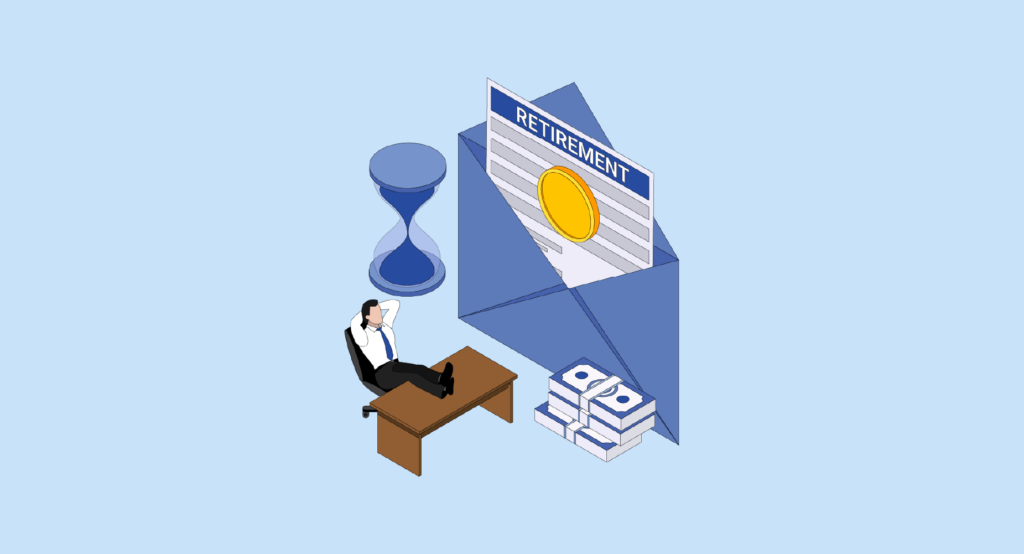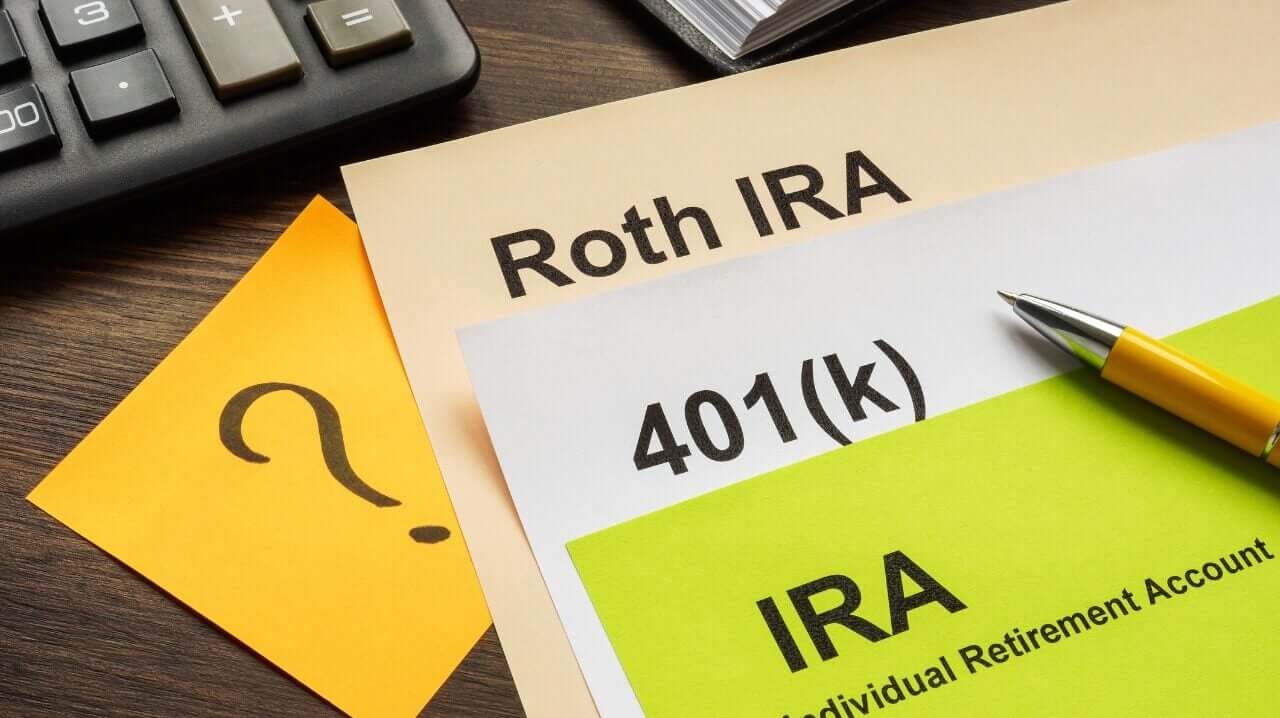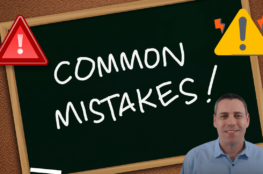Retirement planning is an essential aspect of financial management for individuals who are self-employed. While being your own boss comes with numerous benefits, it also means that you need to take responsibility for planning and saving for your retirement. This requires a solid understanding of the basics of retirement planning, knowledge of the various retirement savings options available, awareness of tax implications, and the ability to balance business investments with your retirement savings. Seeking professional advice can also be invaluable in ensuring that you make informed decisions and create a retirement plan that aligns with your goals.
Understanding the Basics of Retirement Planning
Retirement planning involves setting financial goals for your retirement years and taking the necessary steps to achieve them. It is important for self-employed individuals to understand the significance of retirement planning and the impact it can have on their future financial security. By starting early and saving consistently, you can build a significant retirement fund that will provide for your needs when you are no longer earning income from your business.
Importance of Retirement Planning for the Self-Employed
Retirement planning is particularly crucial for self-employed individuals due to the lack of employer-sponsored retirement benefits. Unlike employees who may have access to retirement plans such as 401(k)s and pension plans, self-employed individuals must take the initiative to create their own retirement savings strategy.
Moreover, as a self-employed individual, your income may be less predictable compared to that of a salaried employee. This makes it even more important to plan and save for retirement, as you need to ensure that you have sufficient funds to maintain your desired standard of living during your retirement years. You can visit https://homestar-finch-recall.com/retirement-planning-mistakes-to-avoid-for-a-smooth-transition to learn retirement planning mistakes to avoid for a smooth transition.
Imagine this scenario: You’re a self-employed graphic designer, and your income fluctuates from month to month. One month, you may have multiple high-paying projects, while the next month, you may struggle to find new clients. This irregular income stream can make it challenging to save consistently for retirement. However, by implementing a solid retirement plan, you can mitigate the financial uncertainty and build a nest egg that will provide stability and security in your golden years.
Key Components of a Solid Retirement Plan
When developing a retirement plan, there are several important components to consider. First and foremost, it is essential to determine your retirement goals. How much income will you need to cover your expenses and maintain your desired lifestyle? Consider factors such as housing, healthcare, travel, and leisure activities.
Next, assess your current financial situation, including your assets, liabilities, and sources of income. By understanding your financial standing, you can identify any gaps and make informed decisions about how much you need to save for retirement.
For example, you may have a mortgage on your home and outstanding student loans. It’s crucial to factor in these liabilities when calculating your retirement savings goal. By paying off these debts before you retire, you can reduce your monthly expenses and have more disposable income to enjoy during your retirement years.
Finally, establish a savings strategy and set a budget that allows you to allocate a portion of your income specifically for retirement savings. This could include contributing to retirement accounts, investing in stocks and bonds, or even purchasing rental properties for passive income.
Let’s say you decide to open a Simplified Employee Pension Individual Retirement Account (SEP IRA) as your primary retirement savings vehicle. With a SEP IRA, you can contribute up to 25% of your net self-employment income, up to a maximum annual limit. By diligently contributing to your SEP IRA each year, you can take advantage of tax benefits and watch your retirement savings grow steadily over time.
Additionally, you may choose to diversify your retirement portfolio by investing in stocks and bonds. This can potentially provide higher returns but also carries more risk. It’s important to carefully research and evaluate investment opportunities to ensure they align with your risk tolerance and long-term financial goals.
In conclusion, retirement planning is a vital aspect of financial well-being, especially for self-employed individuals. By understanding the importance of retirement planning, considering the unique challenges faced by the self-employed, and implementing a comprehensive retirement plan, you can secure a comfortable and financially stable future.

Retirement Savings Options for the Self-Employed
Self-employed individuals have several retirement savings options to choose from. Understanding these options can help you make informed decisions about where to allocate your savings.
When it comes to planning for retirement, self-employed individuals often face unique challenges. Unlike employees who have access to employer-sponsored retirement plans, self-employed individuals must take the initiative to set up their own retirement savings accounts. However, the good news is that there are several options available that can provide tax advantages and help you build a secure financial future.
Individual Retirement Accounts (IRAs)
IRAs offer tax-advantaged retirement savings for individuals, including the self-employed. There are two main types of IRAs: Traditional IRAs and Roth IRAs. Traditional IRAs allow you to contribute pre-tax dollars, which means you can deduct your contributions from your taxable income. This can provide immediate tax savings and potentially lower your overall tax bill. On the other hand, Roth IRAs are funded with after-tax dollars, but the withdrawals in retirement are generally tax-free. This means that while you won’t get a tax break on your contributions, you won’t have to pay taxes on your withdrawals in retirement. Depending on your income level and tax situation, one type of IRA may be more beneficial for you.
It’s important to note that both Traditional and Roth IRAs have annual contribution limits, which are subject to change each year. As of 2021, the contribution limit for both types of IRAs is $6,000 for individuals under the age of 50, and $7,000 for individuals aged 50 and older. These limits are per person, so if you’re married and both spouses are eligible, you can potentially contribute twice the amount.
Simplified Employee Pension (SEP) Plans
SEP plans are retirement plans specifically designed for self-employed individuals or small business owners with employees. They allow for tax-deductible contributions and have higher contribution limits compared to traditional IRAs. With a SEP plan, you can contribute up to 25% of your net self-employment income, up to a maximum of $58,000 for 2021. This higher contribution limit can be particularly advantageous for self-employed individuals who have a higher income and want to save more for retirement.
Setting up a SEP plan is relatively easy, and you can do it through a financial institution or a qualified retirement plan provider. Once your plan is established, you can make contributions for yourself as the employer, as well as for any eligible employees. It’s important to note that if you have employees, you must contribute the same percentage of their compensation as you contribute for yourself.
Solo 401(k) Plans
Solo 401(k) plans, also known as individual 401(k) plans, are retirement savings options available to self-employed individuals with no employees, or with only a spouse as an employee. Like SEP plans, Solo 401(k) plans offer higher contribution limits than traditional IRAs, allowing you to save more for retirement. For 2021, the maximum contribution limit for a Solo 401(k) is $58,000 for individuals under the age of 50, and $64,500 for individuals aged 50 and older.
One of the unique advantages of a Solo 401(k) plan is the opportunity for employer contributions. As both the employer and the employee, you can make contributions in both capacities, potentially allowing you to save even more for retirement. These employer contributions can also provide a valuable tax deduction, reducing your taxable income and potentially lowering your overall tax liability.
When considering a Solo 401(k) plan, it’s important to note that there are certain eligibility requirements and administrative responsibilities. For example, you must have self-employment income from a business that is not incorporated, or you must be a partner in a partnership. Additionally, if you have a spouse who works for your business, they can also participate in the Solo 401(k) plan, further maximizing your combined retirement savings.
As a self-employed individual, it’s crucial to carefully evaluate your retirement savings options and choose the plan that best aligns with your financial goals and circumstances. Consulting with a financial advisor or tax professional can provide valuable guidance and help you make informed decisions. Remember, planning for retirement is a long-term commitment, and taking the time to understand your options now can pay off in the future.
Navigating Tax Implications for Retirement Savings
Tax considerations play a significant role in retirement planning for self-employed individuals. Understanding the tax benefits and potential pitfalls associated with retirement accounts is crucial for maximizing your savings.
Tax Benefits of Retirement Accounts
Contributions made to retirement accounts such as IRAs, SEP plans, and solo 401(k) plans may be tax-deductible, reducing your taxable income for the year. This can result in immediate tax savings and allow your retirement savings to grow tax-deferred until withdrawal.
Potential Tax Pitfalls to Avoid
While retirement accounts offer tax advantages, there are certain rules and regulations that must be followed to avoid tax penalties. For example, early withdrawals from retirement accounts before the age of 59 ½ may result in a 10% penalty in addition to regular income tax. It is important to be aware of these rules and plan your withdrawals strategically to minimize tax impact.

Balancing Business Investments with Retirement Savings
As a self-employed individual, it can be tempting to reinvest all your earnings back into your business to fuel growth. However, it is important to strike a balance between business investments and retirement savings to ensure long-term financial security.
Diversifying Your Investment Portfolio
One way to balance business investments with retirement savings is by diversifying your investment portfolio. Consider investing in a mix of stocks, bonds, real estate, and other assets to spread your risk and potentially increase your returns. This can help safeguard your retirement savings against potential business risks and market fluctuations.
Risk Management Strategies for Self-Employed Individuals
Self-employed individuals often face a unique set of risks and challenges, such as income volatility and the potential for business disruptions. It is important to have risk management strategies in place to protect your retirement savings. This may include having an emergency fund, obtaining appropriate insurance coverage, and regularly assessing and adjusting your retirement plan based on changing circumstances.
Seeking Professional Advice for Retirement Planning
Retirement planning can be complex, especially for self-employed individuals. Working with a financial advisor who specializes in retirement planning can provide valuable guidance and expertise.
When to Consult a Financial Advisor
It is advisable to consult a financial advisor when you are unsure about the best retirement savings options for your specific situation, need help setting realistic goals, or want assistance in creating a comprehensive retirement plan. A financial advisor can analyze your financial situation, explain various retirement savings options available to you, and help you make informed decisions based on your unique circumstances.
Choosing the Right Retirement Planning Advisor
When selecting a financial advisor for retirement planning, it is important to consider their credentials, experience, and areas of specialization. Look for advisors who have expertise in retirement planning for self-employed individuals and who demonstrate a thorough understanding of the unique challenges and opportunities that come with being your own boss.
In conclusion, retirement planning is crucial for self-employed individuals to ensure a secure and comfortable future. By understanding the basics of retirement planning, exploring retirement savings options, navigating tax implications, balancing business investments with retirement savings, and seeking professional advice when needed, self-employed individuals can create a solid retirement plan that aligns with their goals and aspirations. Start planning for your retirement today to enjoy the fruits of your labor tomorrow.
Other resources: Looking to choose the right buyers agency?


